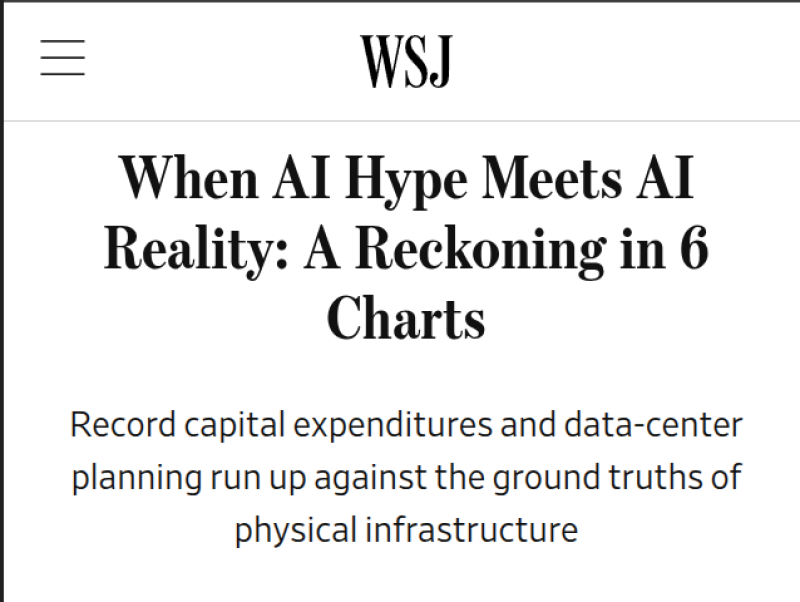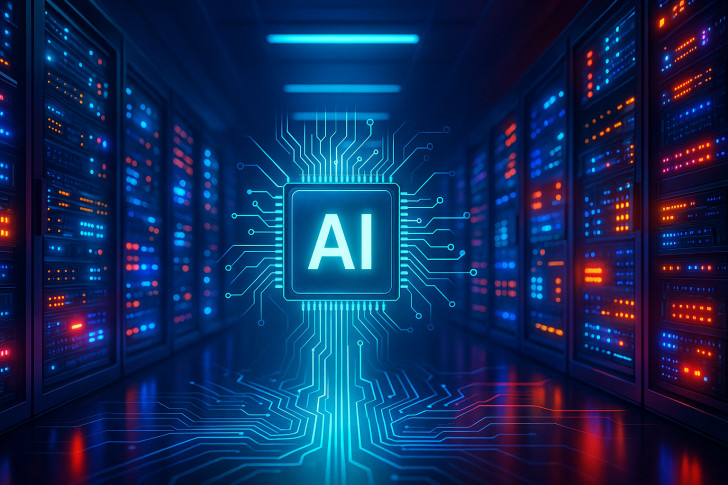The AI infrastructure boom is reaching a critical turning point. While Big Tech companies accelerate investments in data centers and GPUs at record speed, the physical realities of power grids, permitting processes, and long-term profitability are beginning to impose hard constraints. Recent Wall Street Journal analysis reveals the growing tension between unprecedented capital deployment and the practical limits of what can actually be built—and whether the economics can sustain it.
The Infrastructure Gold Rush Meets Reality
The global AI boom is hitting a wall—not of technology, but of physics and economics. Amazon, Microsoft, Alphabet, and Meta are now spending toward $100 billion every three months on AI infrastructure. For some companies, that's 30-35% of annual revenue.

Much of this isn't self-funded anymore. AI companies like OpenAI and Anthropic are still unprofitable, so the expansion runs on debt and outside capital. Even Meta uses private-equity-style financing for data centers. Goldman Sachs estimates OpenAI could spend $75 billion in 2026 alone.
When Reality Can't Keep Up
Developers expect nearly 80 gigawatts of data center capacity in the US by 2024-2025. Only a fraction exists today, with many projects stalled. The delays stem from hardware lead times, slow permitting, missing natural gas pipelines, and transmission lines that can't be built fast enough. Developers are now grabbing land near electrical substations, hoping to convert them into future AI hubs.
The $650 Billion Question
Raymond James projects AI cloud revenue could multiply nine times by 2030. But JPMorgan analysts see a problem: if the industry invests $5 trillion by 2030, it needs $650 billion in additional revenue every year just to deliver a 10% return. That's over 150% of Apple's total annual sales and 30 times OpenAI's current $20 billion revenue.
Why NVIDIA's CEO Says This Isn't a Bubble
Jensen Huang argues AI represents real demand because unlike traditional software that compiles once and runs cheaply, AI generates output dynamically for every request.
Models "manufacture intelligence" continuously like always-running factories, making sustained GPU demand structural, not speculative.
What Happens Next
AI infrastructure spending is growing faster than almost anything in tech history, but it's colliding with power grids that can't expand overnight, scarce land near energy sources, multi-year permits, and financial math that doesn't work yet. Investors will eventually want proof these data centers can generate sustainable returns at scale.
 Saad Ullah
Saad Ullah

 Saad Ullah
Saad Ullah


